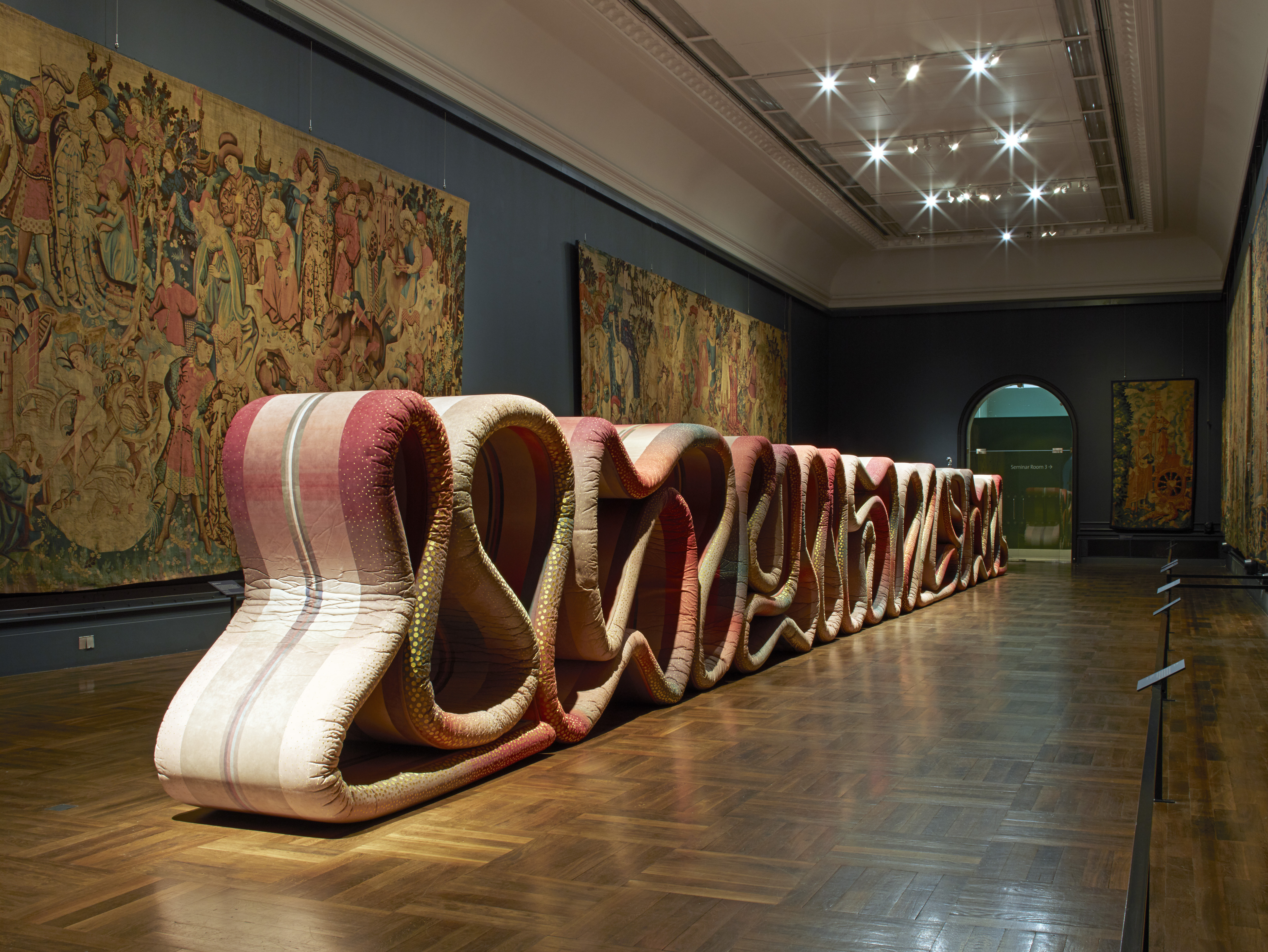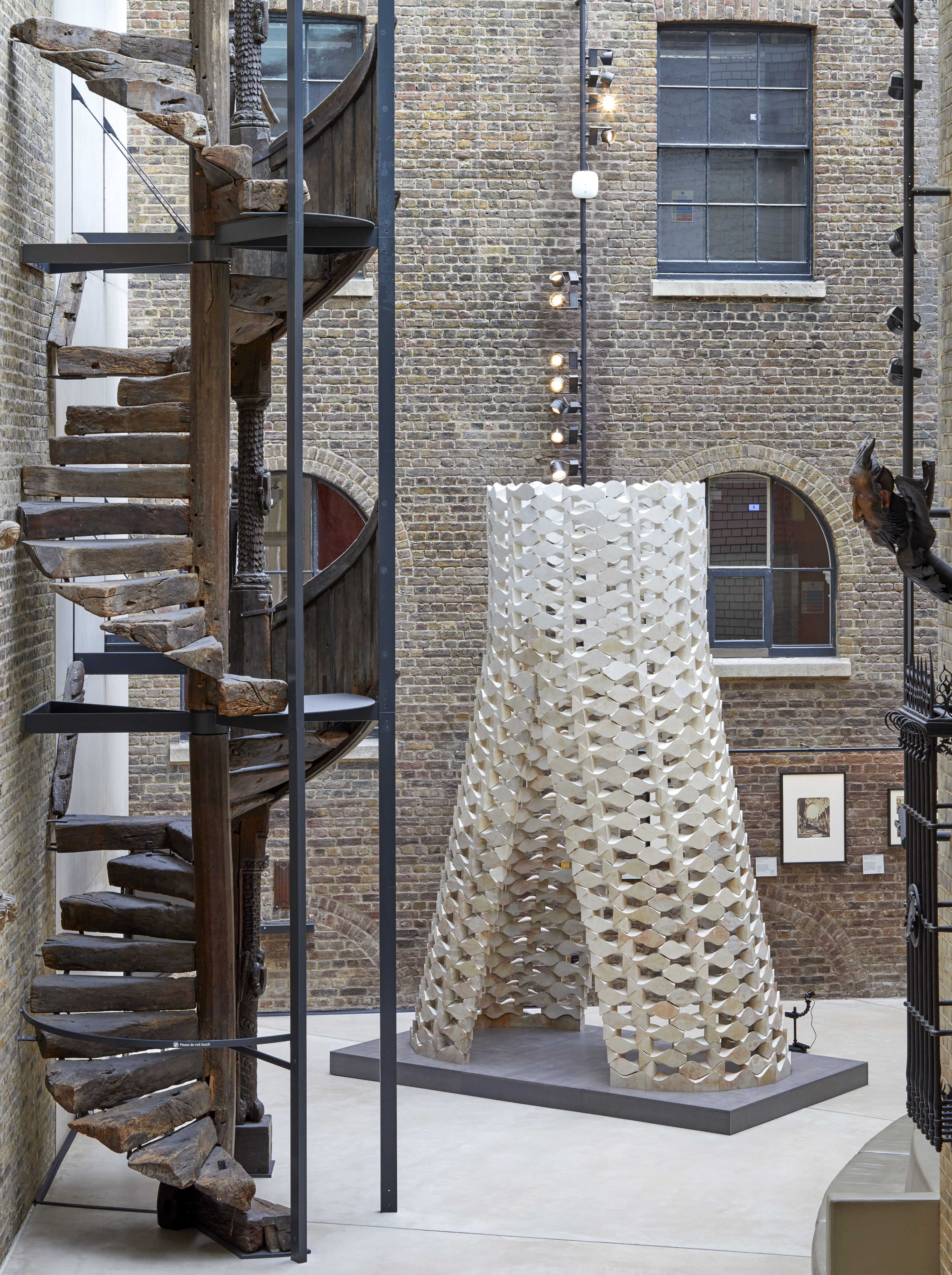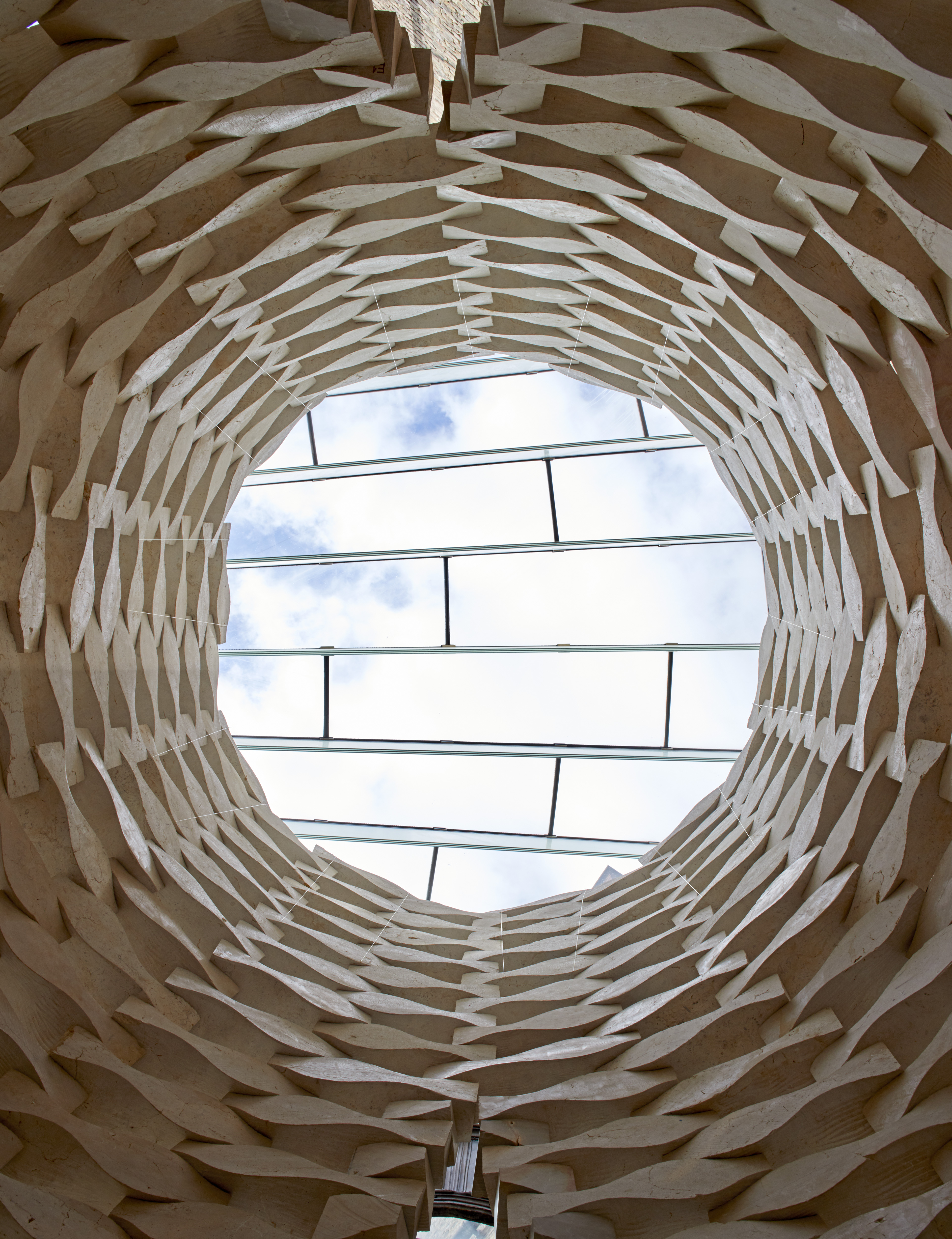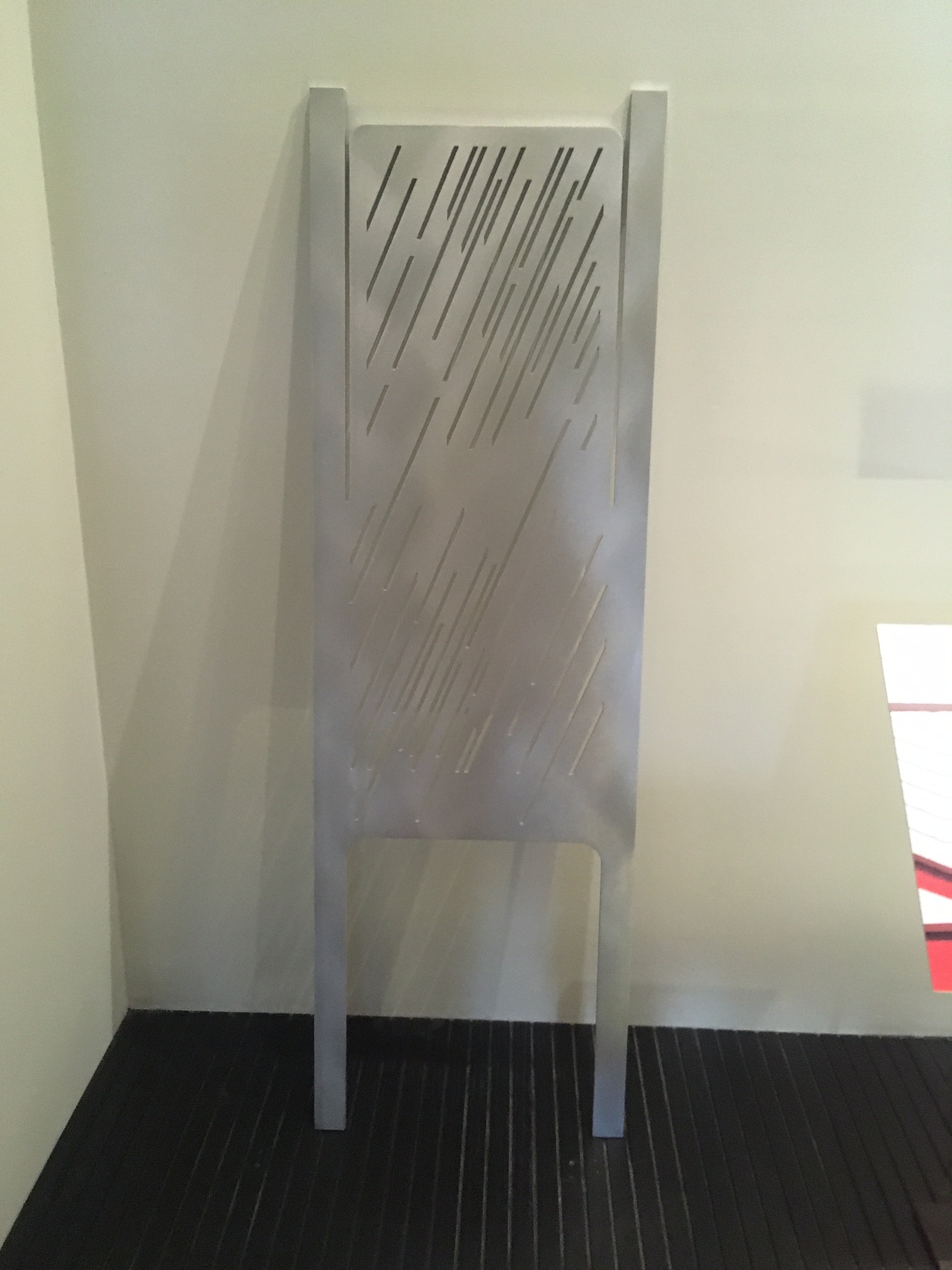London Design Festival at the V&A – first look
As LDF celebrates its fifteenth year, we look at the major commissioned installations within the V&A, which are spotlighting new spaces and finding different ways to interact with collections.

The V&A has opened the doors on London Design Festival, which once again takes up residence for a week and this year sees designers engage with new parts of the museum.
As always, the V&A is the main home of LDF. It is a truly citywide festival though, so be sure to check out the best bits here.
Now in its 15th year, LDF is using the milestone to look back on its own economic impact. In the last 10 years it claims to have generated £313 million in Gross Value Added (GVA) and now contributes £79.6 million annually to the London economy alone.
The last ten years have also generated £48.5 million in exports, raised £19.9 million in tax revenues and attracted 3.3 million visitors from 75 countries. This is all impressive stuff and merits reflection.
It’s the ninth year that LDF has been at the V&A and this year there’s been an effort to use the spaces differently. For starters there’s no dominant foyer installation at the Grand Entrance on Cromwell Road and nothing in the Norfolk House Music Room.
Part of the point of LDF working at the V&A is that rather than being out of context and inert, the installations actively engage with the spaces they occupy.

Possibly the most beautiful – and definitely the most Instagrammable – is Reflection Room, by Flyn Talbot, which brings the seldom seen Prince Consort Gallery to life.
In its bare form, the walls of the space are lined with wooden archive cupboards stacked floor to ceiling, which once contained 30,000 textile samples. Talbot has transformed it into a fully immersive space with orange light at one end and blue at the other.
The light bounces off a highly reflective and malleable material, Barrisol, which has been stretched over frames and flanks both sides of the room.

Talbot tells Design Week: “While orange and blue are complimentary on a colour wheel they’re also colours of nature. The orange will make you feel warm and alive and the blue is calming. They’re the colours of sunset and the sea, but there’s also a tension there.”
Within the space the Barrisol becomes a modern textile and pays homage to the history of the room, but it works on a much more immediate level by simply being a mesmerising space.

The Tapestries Room plays host to an installation by Ross Lovegrove, designed to directly reflect the colour and texture of the Devonshire Hunting Tapestries.
Lovegrove tells Design Week he first used an app to colour capture the pink and green hues of the tapestries that hang on the walls of the gallery and have faded from their original colours.
“To me the tapestries have a three dimensional quality to them, particularly if you look at the ripples and folds. I want to touch them, but they’re from the 15th century so of course I can’t.”
His piece Transmission is the evocation of this thought and invites people to “touch and caress” the piece while looking at the tapestries.
It snakes along the length of the gallery and has been applied to Alcantara fabric, which also features 2.2 million embroidered gold dots.
The fluid organic forms are typical for Lovegrove, who has designed cars, aircraft interiors, cameras and street furniture in the past.

While we wait by Palestinian architects Elias and Yousaf Anastas can be found in the Medieval and Renaissance Gallery.
It’s not site specific, but rather reflects environmental politics in Palestine. Inspired by the Cremisan Valley located between Bethlehem and Jerusalem, it comments on nature in Palestine by imagining issues surrounding the construction of a wall in the middle of the Valley.

A soundscape accompanies the piece, which features a dentelle structure rather than a solid concrete wall-like one, and visitors are encouraged to stand within it. The installation is a quick experience and only really works with this context in mind.

There’s a lot more to see but look out for Petr Stanicky’s Evocations on the landing by lift O, levels 4 and 6. It’s a simple installation using glass and the natural light that floods into the space to create an illusory mirror experience. Being situated next to the Glass and Ceramics galleries gives it an added resonance.
This year the V&A is also using LDF to consider its own relationship with design. The Story of Two Chairs shows how Carmody Groarke designed a bespoke chair for the V&A members room and how Amanda Levete designed a chair for the Sackler Courtyard Café.

Levete’s design is particularly impressive and stylistically matches the stunning courtyard she designed, where a new entrance, piazza and subterranean gallery complex were created on Exhibition Road.

The chair’s design features slash markings that resemble porcelain tiles from the courtyard. Most impressively each stackable chair has been hune from one single sheet of 8mm thick, laser cut anodised aluminium.
-
Post a comment




